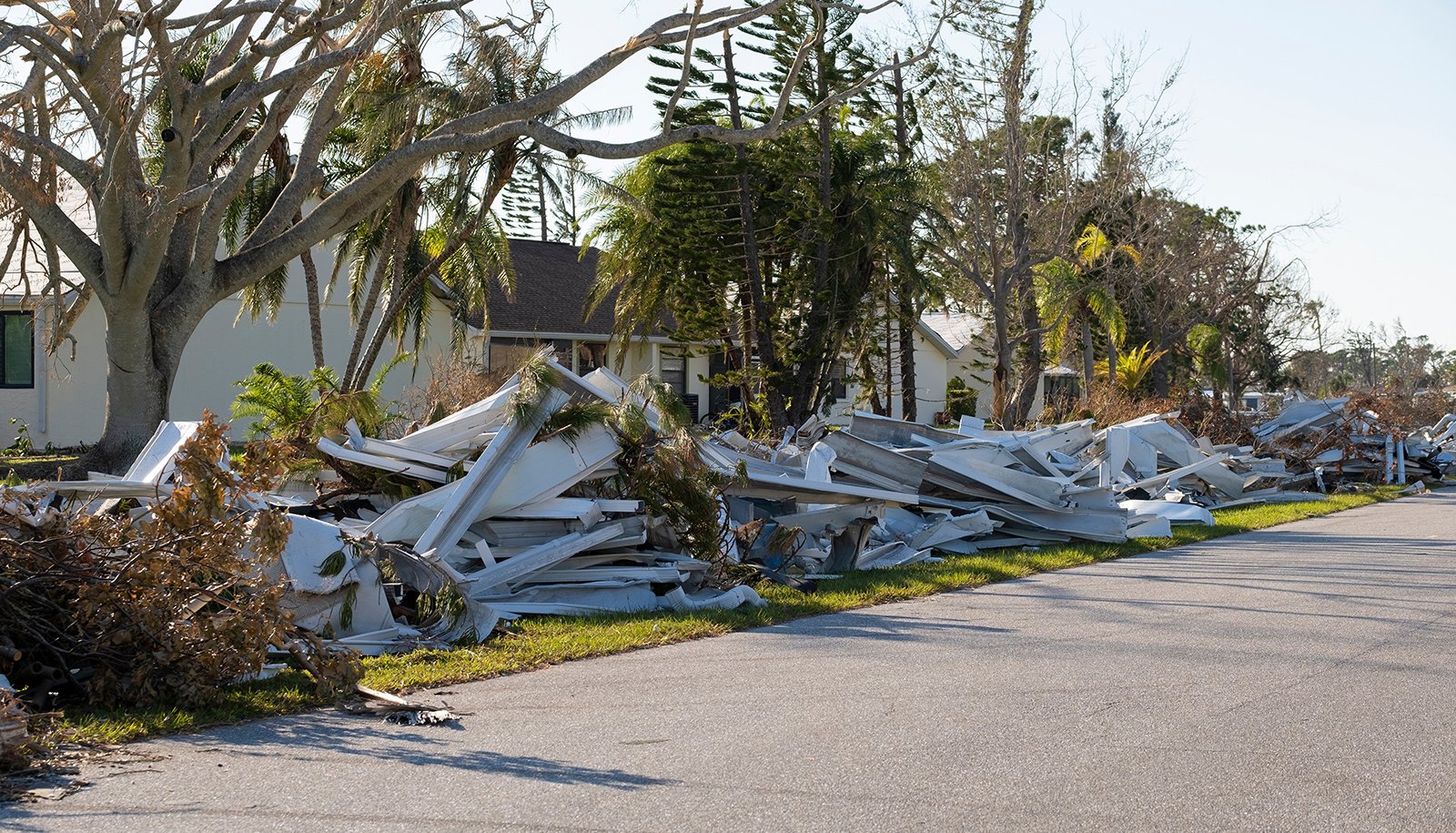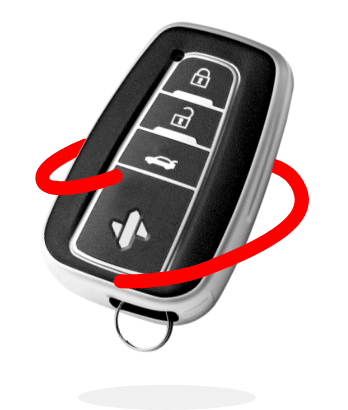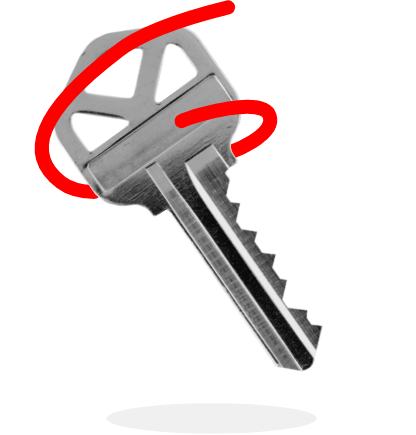When a natural disaster strikes, the aftermath can be overwhelming. Whether it's a hurricane, wildfire, flood, or tornado, dealing with the damage and disruption can feel like an uphill battle.
Having the right insurance coverage is essential, but understanding how to handle the claims process effectively is equally important. This guide will walk you through the steps to navigate your insurance claim smoothly after a natural disaster, ensuring you get the coverage you're entitled to while minimizing stress.
1. PRIORITIZE SAFETY FIRST
Before worrying about claims:
- Ensure your safety and that of your family.
- Evacuate if instructed, and only return to your property once it's deemed safe by local authorities.
- If you can safely access your property, document any immediate hazards like downed power lines or structural issues and avoid entering unstable buildings.
2. DOCUMENT THE DAMAGE THOROUGHLY
Your claim will hinge on the evidence you provide. This documentation will be invaluable when discussing your claim with your insurance adjuster. As soon as it's safe:
- Take Photos and Videos: Capture detailed images of the damage to your property, including interior and exterior areas. Don't move or throw away damaged items until they've been documented.
- Create an Inventory: List damaged belongings, noting their approximate value and purchase dates. If you have receipts or warranties, gather them to support your claim.
3. NOTIFY YOUR INSURANCE PROVIDER IMMEDIATELY
Contact your insurance company as soon as possible to report the damage. Many insurers have 24/7 hotlines or online portals to file claims quickly.
Be prepared to provide your policy number, a brief description of the damage, and any initial documentation you've collected. Some policies have time limits for filing claims, so acting quickly ensures you're within those windows.
4. UNDERSTAND YOUR POLICY COVERAGE
Before diving into the claims process, review your policy to understand what's covered. (If you're unsure about specific coverages, ask your insurer for clarification.) Key things to check include:
- Types of Damage Covered: For example, standard homeowners insurance may not cover flood damage, which requires a separate policy.
- Deductibles: Know the amount you'll be responsible for before your insurance kicks in.
- Additional Living Expenses (ALE): If you're unable to live in your home, your policy may cover temporary housing, meals, and other related expenses.
5. MITIGATE FURTHER DAMAGE
Your policy likely requires you to take reasonable steps to prevent further damage. For instance:
- Cover broken windows or holes in the roof with tarps.
- Turn off utilities if necessary to avoid additional risks.
- Keep receipts for any materials or services used for these temporary repairs, as they may be reimbursed as part of your claim.
6. WORK WITH YOUR INSURANCE ADJUSTER
Once you've filed your claim, your insurance company will assign an adjuster to assess the damage. The adjuster's report will play a significant role in determining your payout, so ensure everything is thoroughly documented. Here's how to navigate this stage effectively:
- Be Present During the Inspection: Walk the adjuster through your property and point out all areas of concern.
- Share Your Documentation: Provide photos, videos, and your inventory list to support your claim.
- Ask Questions: Clarify any uncertainties about the process or next steps.
7. STAY ORGANIZED
Dealing with a claim involves a lot of paperwork. Organization will help if you need to dispute any part of your claim later. To stay on top of things:
- Keep copies of all correspondence with your insurer, including emails and claim forms.
- Log phone calls, noting the date, time, and the name of the person you spoke with.
- Save receipts for all disaster-related expenses, from hotel stays to contractor fees.
8. DON'T SETTLE TOO QUICKLY
It's tempting to accept the first offer from your insurer to expedite repairs, but don't rush. Take time to review the settlement offer and compare it to the damage estimates you've received from contractors or repair professionals. If the offer seems too low, you have the right to negotiate or hire a public adjuster to advocate on your behalf.
9. WATCH OUT FOR SCAMMERS
Unfortunately, natural disasters often attract fraudsters posing as contractors or repair specialists. Be cautious of anyone offering quick fixes or demanding payment upfront. Only hire licensed, insured professionals and verify their credentials before agreeing to any work.
10. CONSIDER FUTURE PREPAREDNESS
After resolving your claim, take steps to prepare for future disasters:
- Reassess Your Coverage: Ensure your policy meets your needs, including any additional coverage for risks specific to your area, like flood or earthquake insurance.
- Create a Home Inventory: A detailed inventory can streamline the claims process in the future.
- Improve Property Resilience: Invest in upgrades like storm shutters, reinforced roofing, or elevated electrical systems to minimize damage from future disasters.
Handling an insurance claim after a natural disaster can be challenging, but staying organized, proactive, and informed will make the process smoother. Remember, your insurance provider is there to help you recover, so don't hesitate to ask questions or seek assistance when needed.
If you need help finding the best insurance coverage for the best price, start by speaking to a SimplyIOA agent at 833.872.4467 or get a quote online now.










